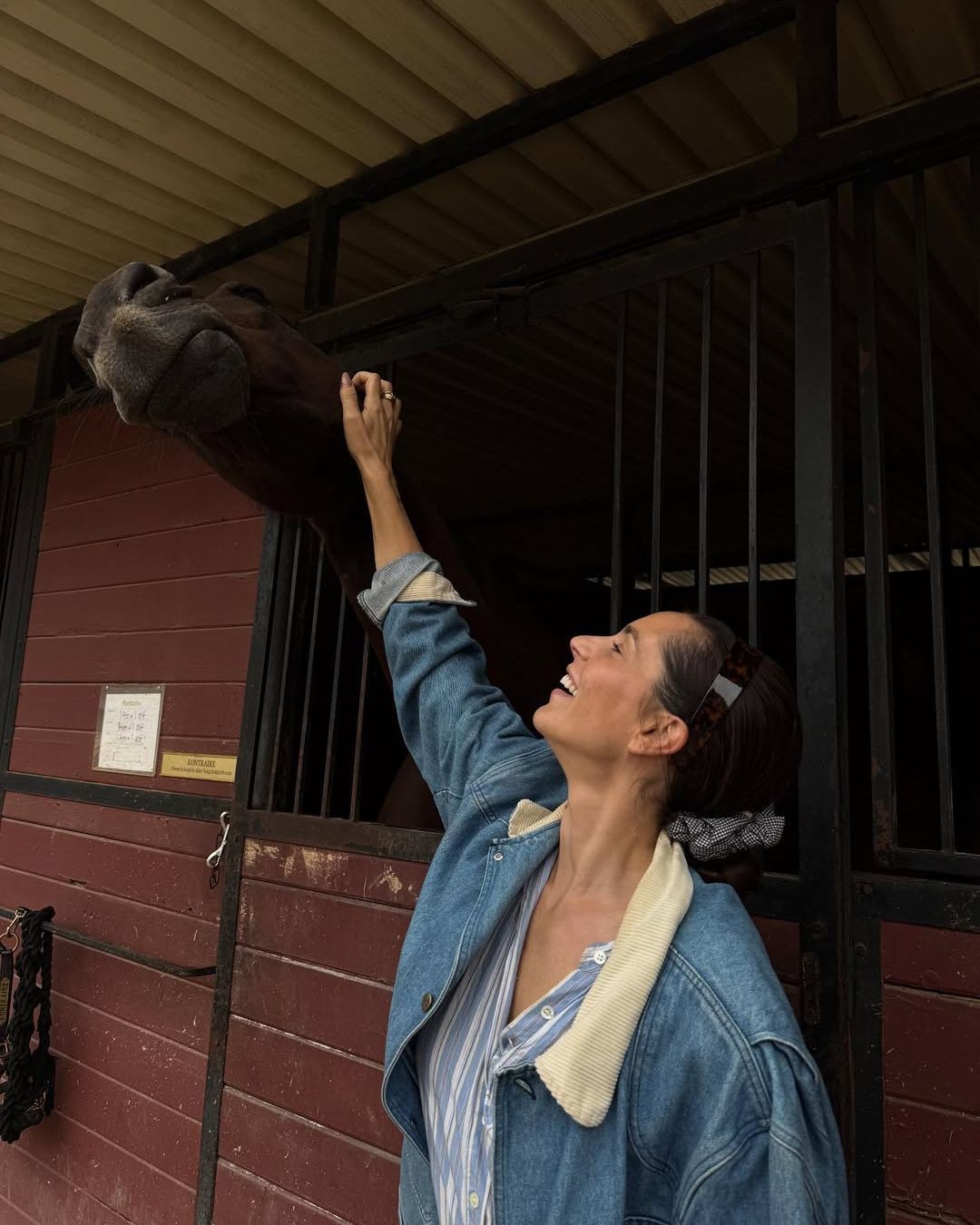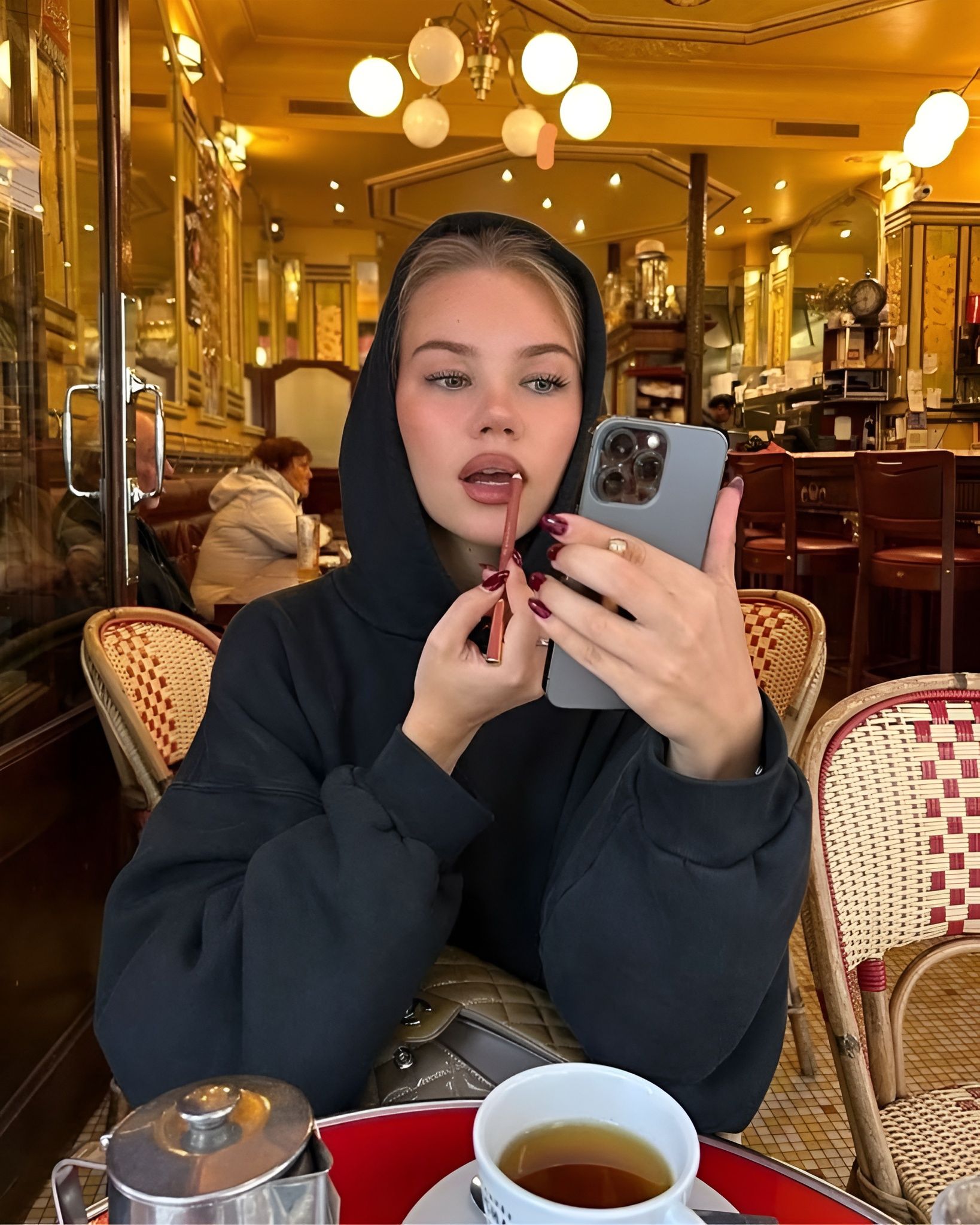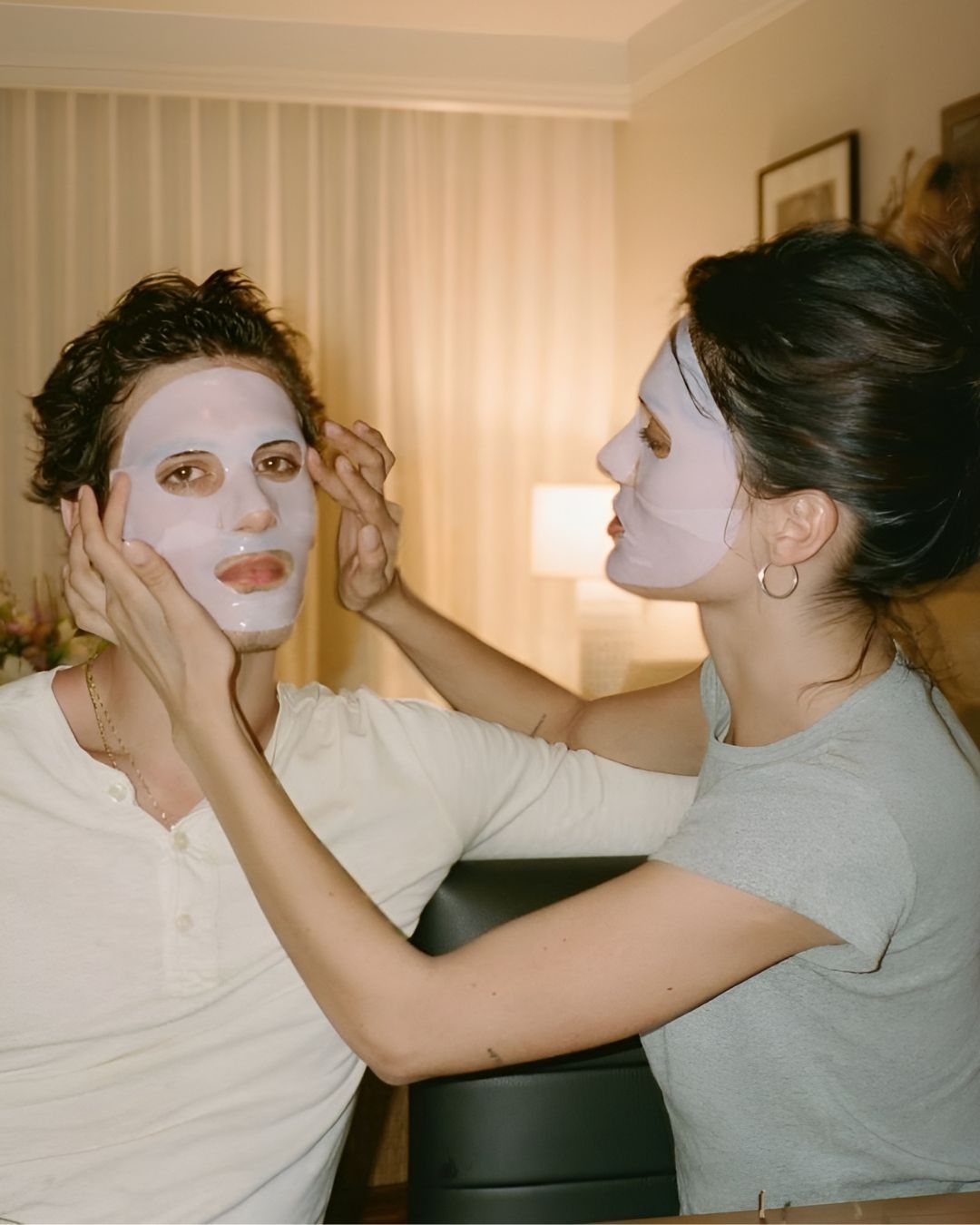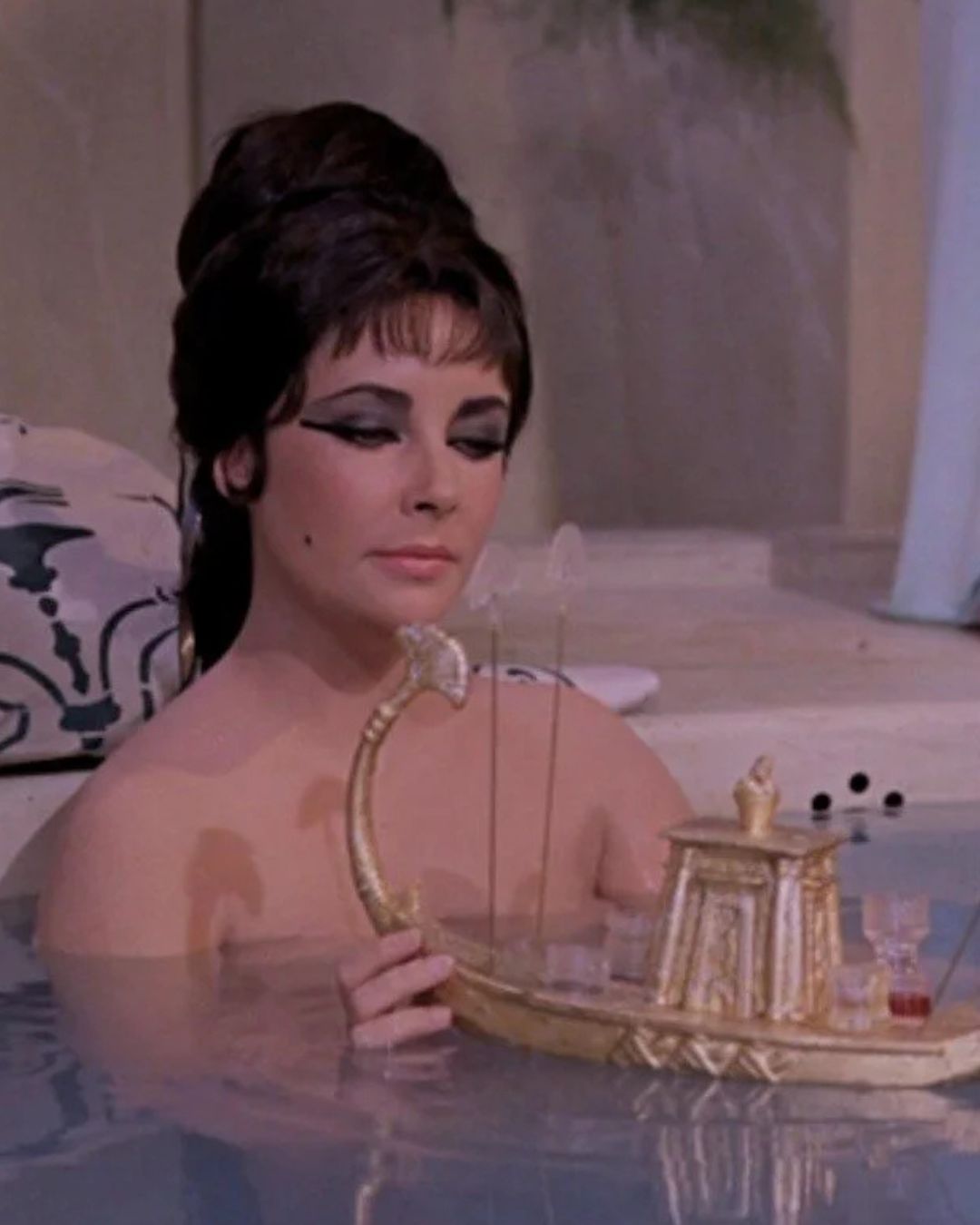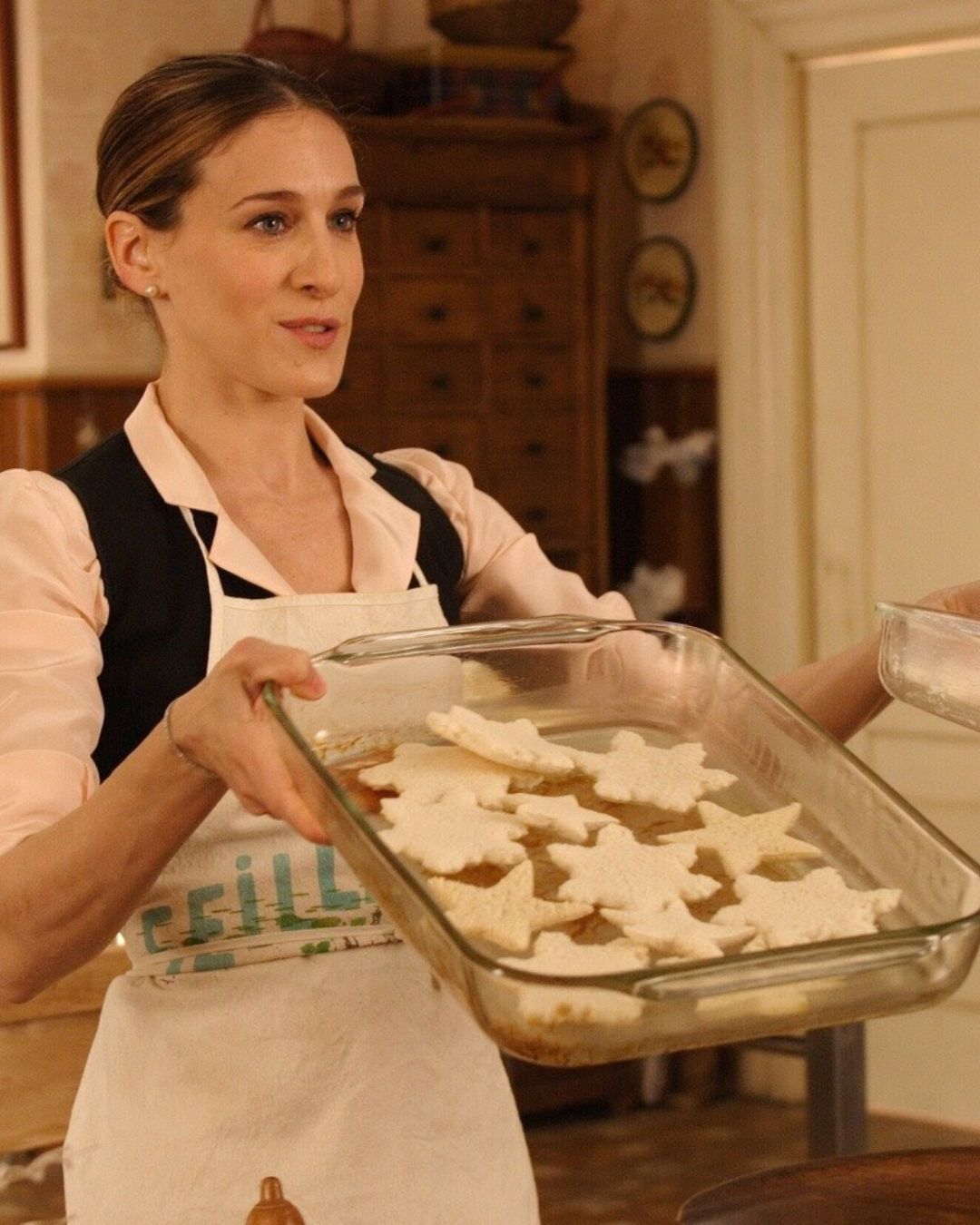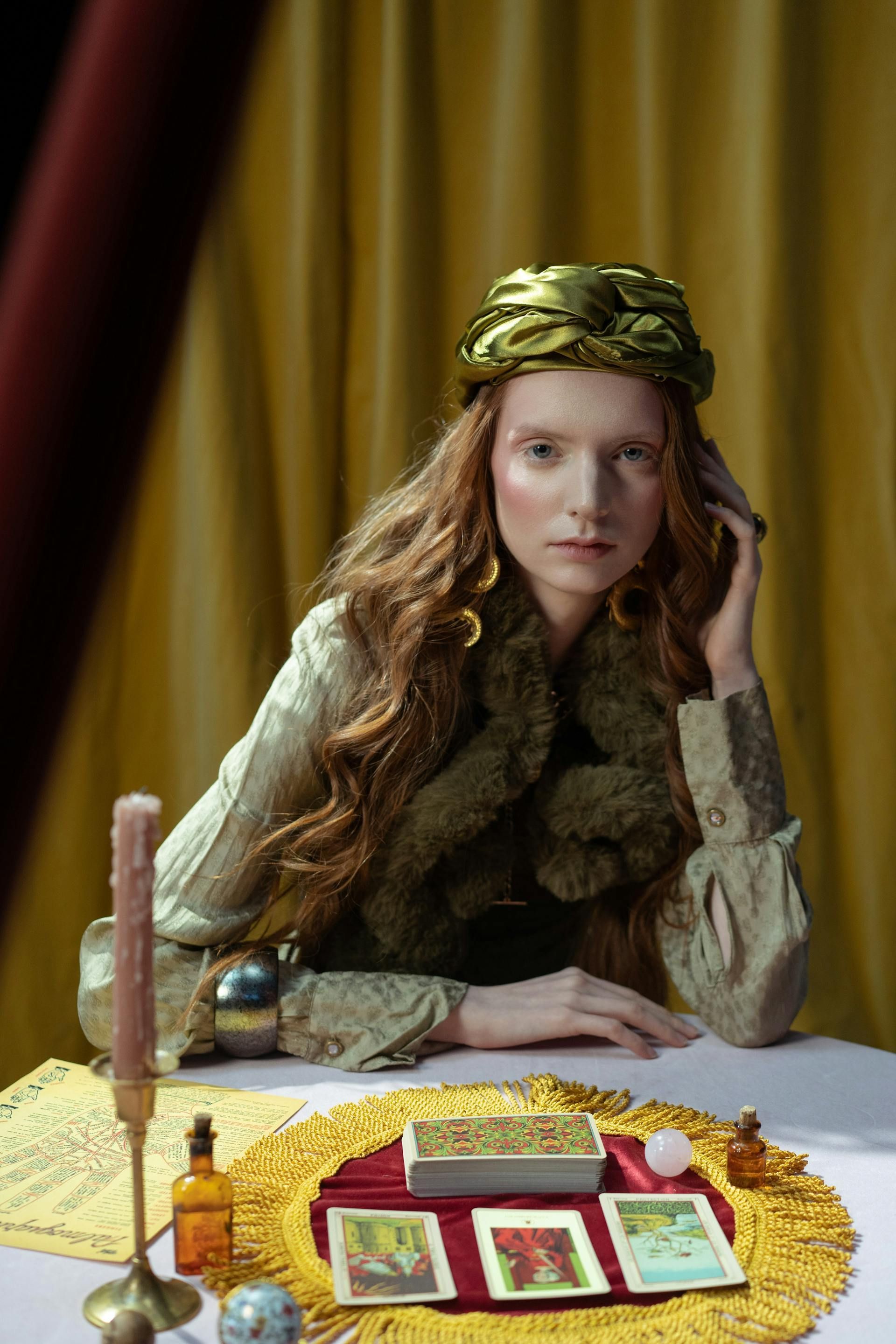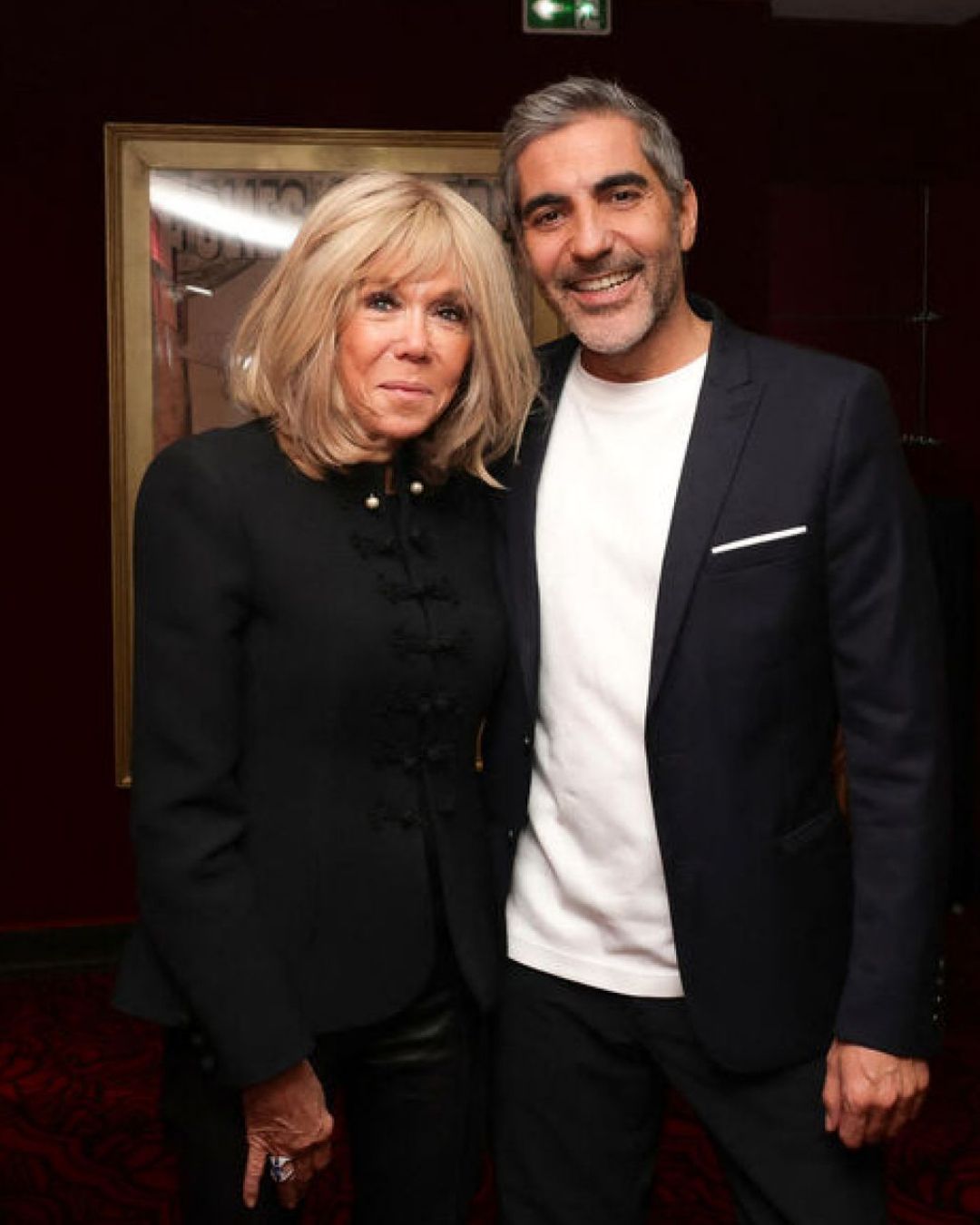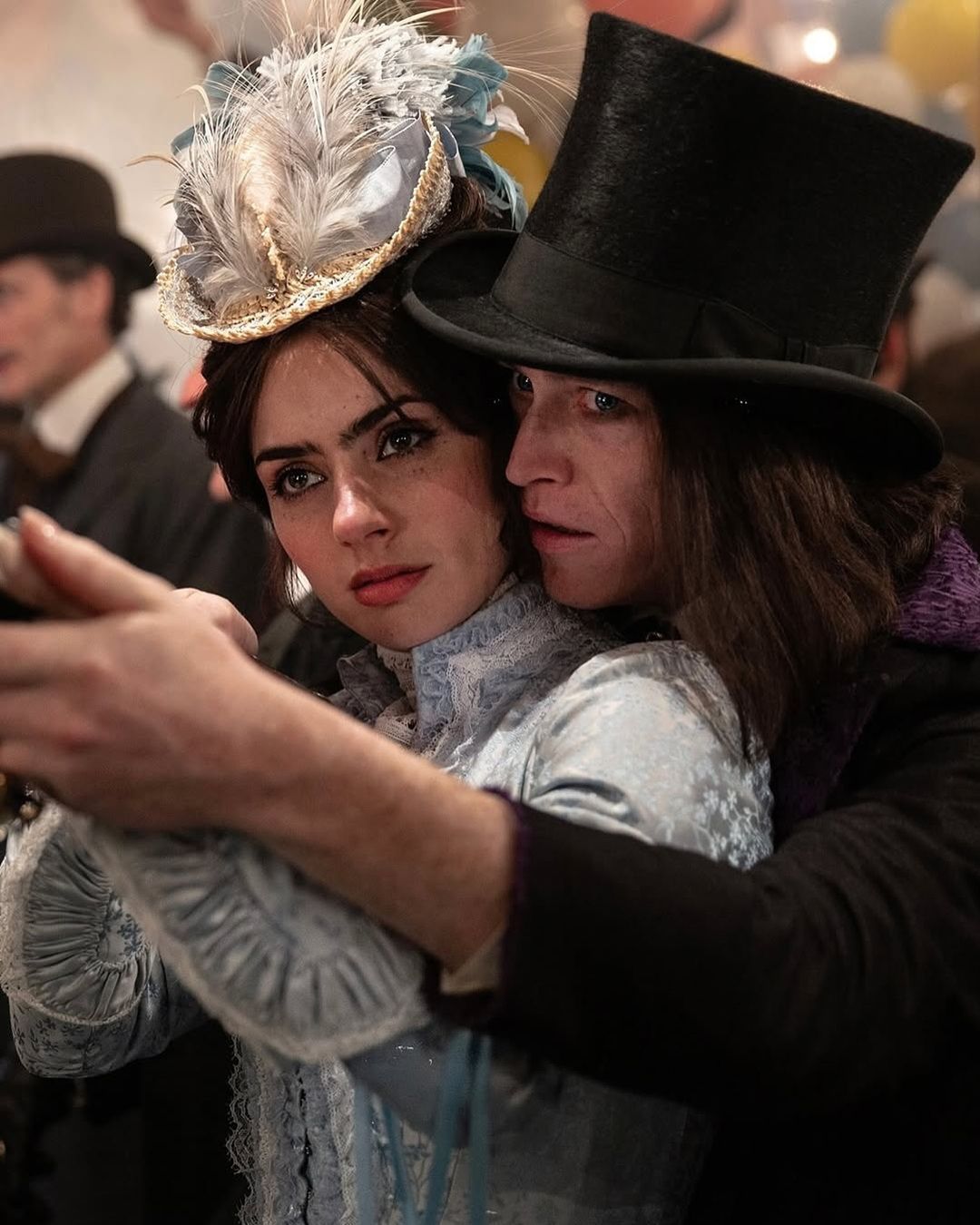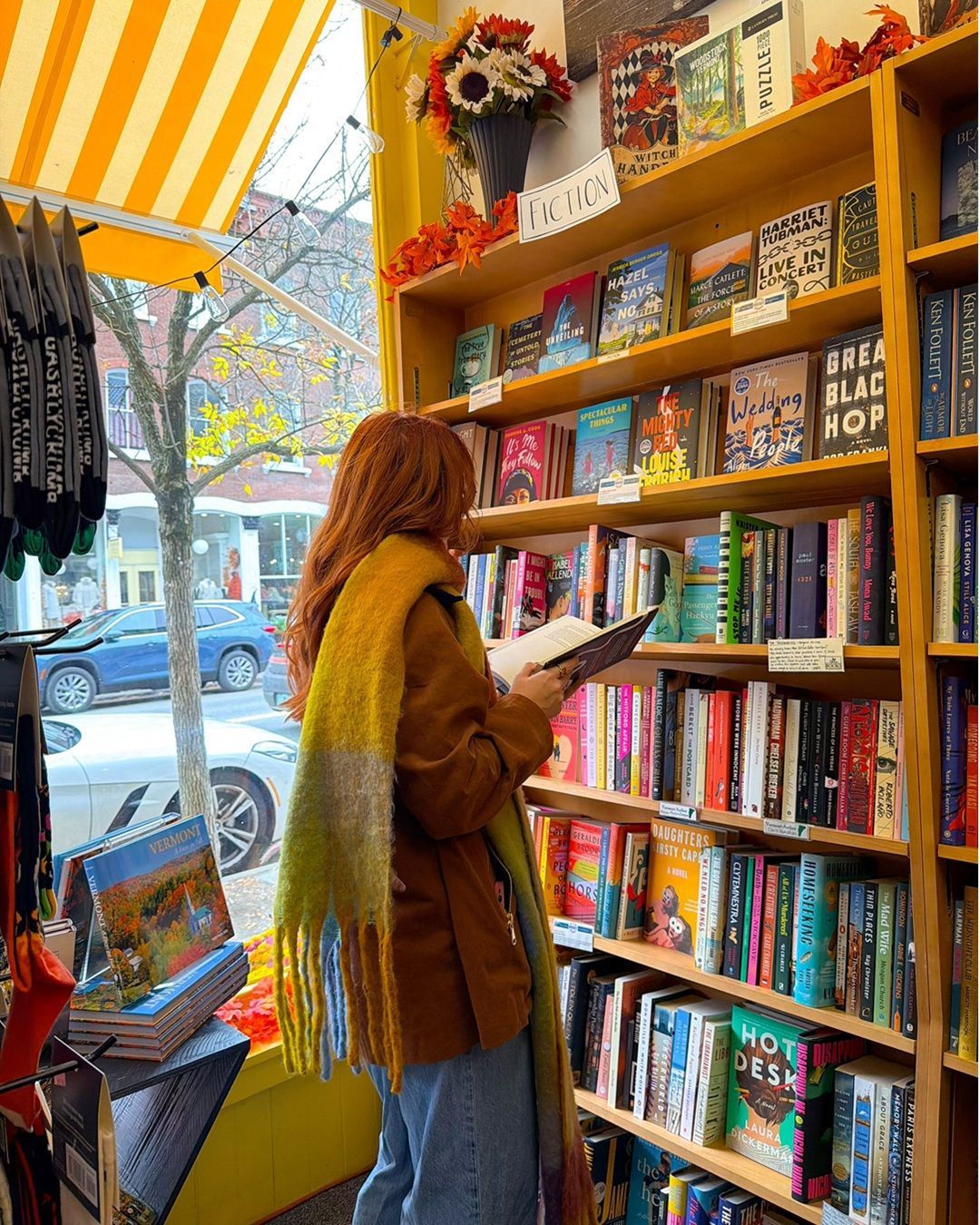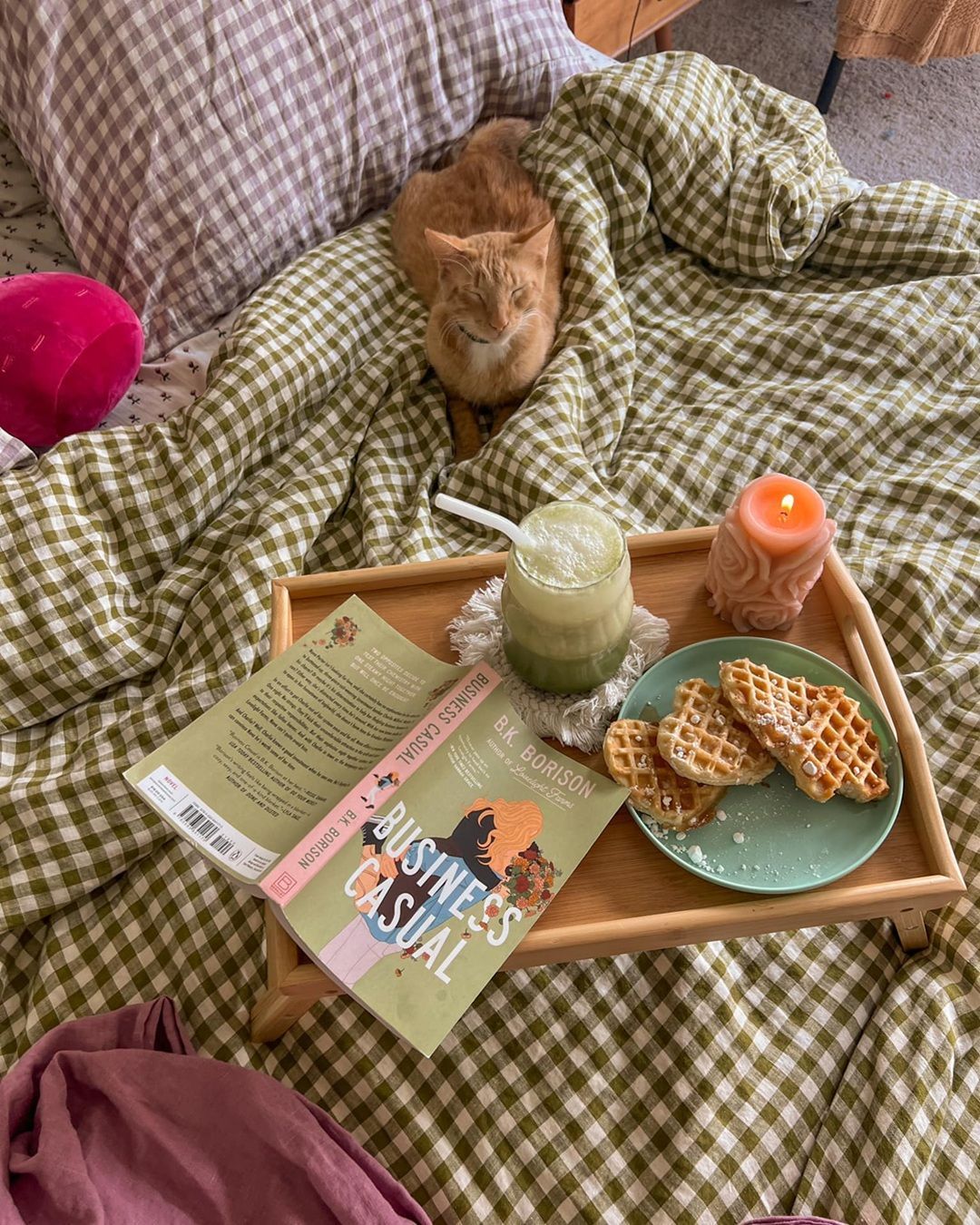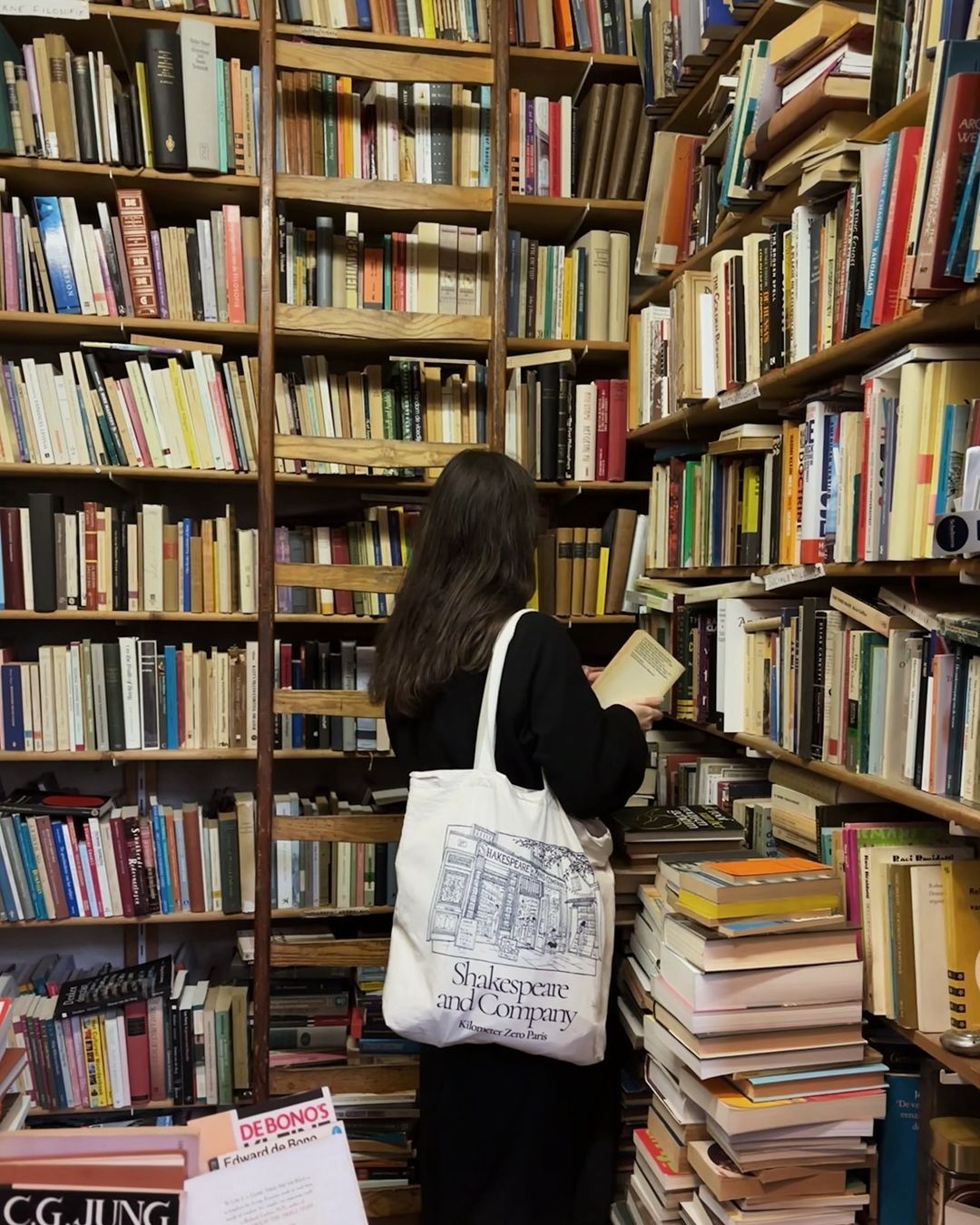
5 books to read for summer 2022 Between literary beginnings, philosophy, coming-of-age novels and surreal tales
Stepping away from the daily grind to carve out a moment of our own in which to lounge around and travel with the imagination, aided by the skill of talented writers, is a luxury at hand. Getting lost between the pages of a story, while outside time passes slowly, with a gentle breeze coming in from the sea, a comfortable lounger to lie on, a cool mojito or a Coca-Cola calippo to sip on is the daydream to come true in this scorching summer. But how to juggle the thousands of proposals from publishers? Celebrities like Bella Hadid have at their disposal book stylists who match covers and outfits, you have G-club, which has selected 5 new, interesting and different novels, all works by women writers: from Maura Gancitano's analysis of the concept of contemporary beauty to Veronica Raimo's novel, winner of the Premio Strega Giovani.
Here are 5 books to read for summer 2022.
"Salt Slow" by Julia Armfield
"When I was twenty-seven, my Sleep stepped out of me like a passenger from a train carriage, looked around my room for several seconds, then sat down in the chair beside my bed."
In the 9 short stories of Salt Slow, her debut book, Julia Armfield mixes different genres resulting in bizarre stories in which dreams and nightmares replace reality. Dystopia, science fiction, Gothic tale and classical myths are the narrative devices of an alienating universe where bodies are at the center of constant metamorphosis: a teenage girl discovers that her body does not change like that of her classmates; sleep detaches itself from the bodies of the inhabitants of a mysterious becoming a separate entity that forces them into perpetual insomnia; a woman adopts a wolf; an invasion of jellyfish becomes a metaphor for life in a blazing summer landscape; and a couple adrift on a boat in the middle of the boundless sea confronting the disintegration of a bond and the world. Characters obsessed, in love, isolated, in constant flux who, page, after page, lead us by the hand through a surprising kaleidoscope of events.
"Specchio delle mie brame. La prigione della bellezza" by Maura Gancitano
"My body could not be neutral, it was still always an object of judgment. It was not even just mine, but was somehow a symbol of my social class, the result of education, a sign of civilization."
The idea that beauty is something objective and natural is a modern superstition. In fact, before mass society and neoliberalism, there never existed a time when different aesthetics and sensibilities did not coexist. Starting from this assumption, Maura Gancitano shows us how beauty today is something very specific to conform to, a standardized model that has colonized women's time and thoughts by suggesting to them a certain way of dressing, eating, speaking, and walking. The constant quest for unattainable perfection makes them feel constantly inadequate, keeps them prisoners in a gilded cage to which they do not have the keys. The solution? Rethinking beauty beyond indoctrination and consumption, freely choosing to take care of themselves, for personal pleasure, thus indulging in a kind of personal re-blooming.
"Il profilo dell'altra" by Irene Graziosi
Maia is in her early thirties, dropped out of school following a serious bereavement, feeds on gummy crocodiles and Xanax, and spends her days in total apathy, between bartending, a dysfunctional relationship, and Law & Order: Special Victim Unit marathons. Gloria, on the other hand, is an influencer, the "most photogenic of the realm," and at only eighteen years old has everything one could dream of. One enters the other's life when Maia starts working for Gloria thus finding herself exploring the influencer market. The debut novel by Irene Graziosi, author and head of the Venti publishing project created with Sofia Viscardi, is dense, intelligent, sharp and leads us to reflect on guilt, the meaning of trauma, identity construction and the virtual world.
"Breasts and Eggs" by Mieko Kawakami
For Haruki Murakami, Mieko Kawakami is the most important in contemporary Japan. In Breasts and Eggs, the writer weaves together the stories of three women committed to finding their own size and well-being in a country that is still strongly patriarchal: the 30-year-old protagonist Natsu, her older sister Makiko, and Makiko's daughter Midoriko. Makiko goes to Tokyo in search of a clinic where she can get affordable breast implants, accompanied by Midoriko, who has not spoken to her in six months. Unable to accept the changes in her teenage body and her mother's desire to voluntarily alter her breasts, the girl has locked herself in voluntary muteness. Finally, there is Natsu. She is an established, single writer who decides to return to her native Osaka to begin the IVF process. The result is 624 poignant and ironic pages describing experiences and existences that anyone can understand and share such as running out of money, failing at work, hating one's body, falling in love, and coming to terms with the passing of time and death.
"Niente di vero" di Veronica Raimo
"When a writer is born into a family, that family is finished, they say. In reality, the family will do great, as it has always been since the dawn of time, while it will bè the writer to come to a bad end in a desperate attempt to kill mothers, fathers and brothers, only to find them inexorably alive."
More than a novel, Veronica Raimo's Niente di vero is almost a coming-of-age stand-up comedy, a hilarious and fierce narrative that does not follow a linear development but moves by themes, unraveling the bonds of an imperfect family. There is the anxious mother who predicts the death of her children; the father obsessed with hygiene and architecture; the precociously talented genius brother; the caring, taciturn paternal grandfather; the cumbersome maternal grandmother who undermines the protagonist's self-esteem in every way. Relationships with relatives, growing up, sex, sorrows, losses, and emotional short-circuits become the elements of what has been called "a burning monologue."















